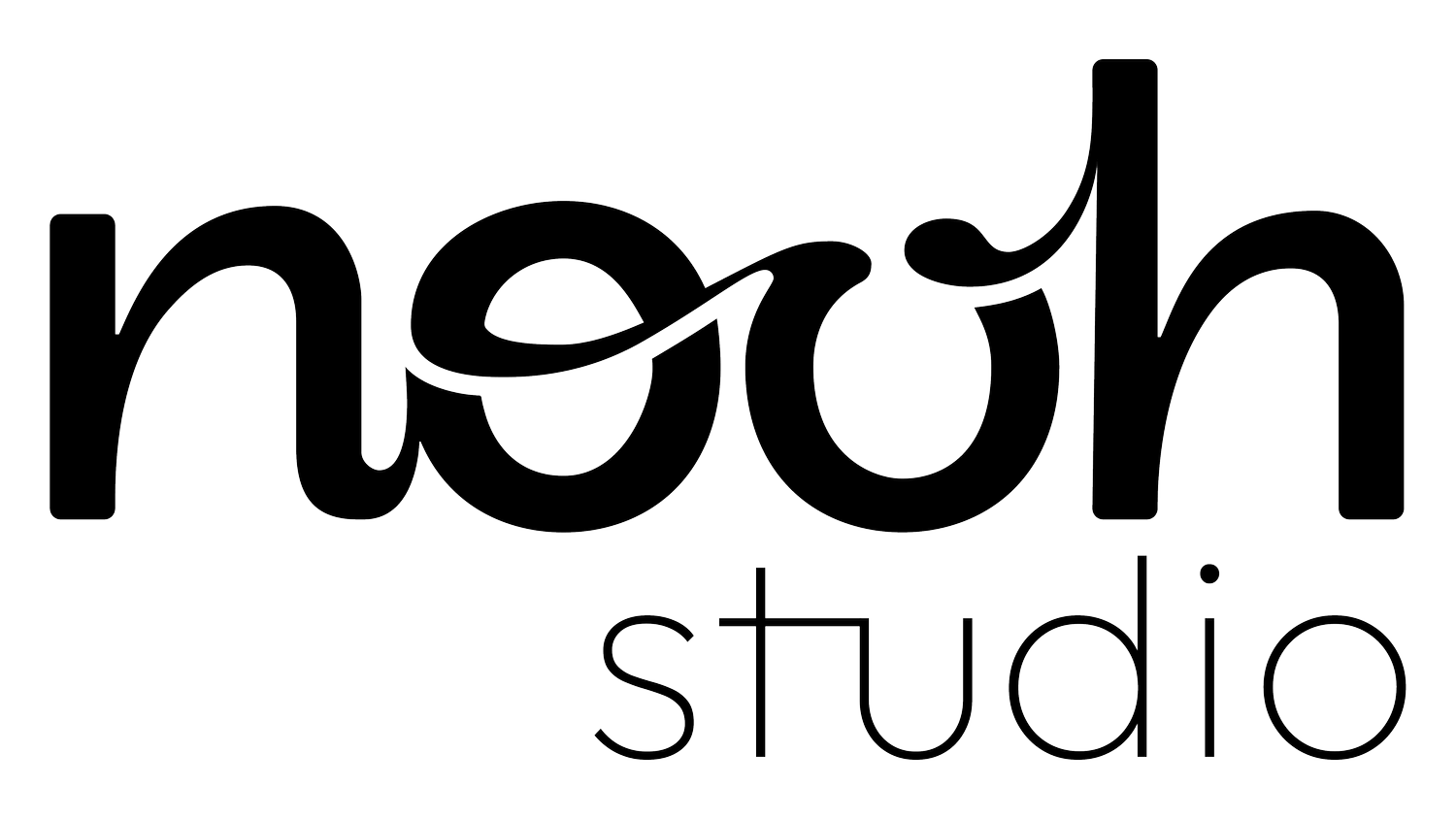How to Run a User Research Workshop
Over the past few weeks, we have been conducting workshops to gather data and insight. We organise and facilitate User Research Workshops to support the discovery phase of our brand projects. Going directly to your audience and asking questions is key to building a solid brand identity, communication strategy or MVP.
Here are our top tips for preparing and holding User Research Workshops…
Define your goals
Help you determine which activities are best suited for the desired outcomes. What are you expecting to hear from them, what don’t you know to better understand your project?
Understand the stakeholders
Are there multiple audiences/demographics? If you need to host a broader workshop, invite people with varying backgrounds, skill sets, knowledge or perspectives. More intimate settings are also really beneficial in getting the most out of each person participating and making sure people feel comfortable enough to fully contribute.
Understand your role
Remember to take a step back! It can be tough when it is your own research being discussed, but be careful to not influence a biassed opinion from the participant. Encourage them to come up with their own interpretation and reinforce a safe space for them to share their thoughts and build on other people’s ideas. As facilitator it’s likely that your behaviour will set the standard for the day so keep it as formal as you want it to be. If you are relaxed and comfortable then chances are the attendees will be too.
Plan
Create an agenda and this will help prioritise activities and keep the workshop on track. It can be useful to create a sequence of questions or activities that build off each other - key findings can then inspire a more developed approach or perspective toward the next activity.
Design some tasks and activities that have clear and tangible results
Apps such as Mentimeter are great for including a variety of slides; word clouds, this-or-that, voting and ranking are all great for meticulous answers that can help decide which direction to take moving forward.
Don’t forget conversation
Taking a moment in between activities or slides gives people the opportunity to open up the discussion, maybe into an area that you hadn’t considered.
Analyse the findings
Highlight key observations and potential action that can be taken on them. Work out the average of answers and compress all findings into a one page document. This will help support a design brief or next phase of your project.
Get started by using our User Research Workshop template. Good luck and you know where we are if you need a helping hand!
